Cambodian Food Dishes: Basic Overview
Common Ingredients
Common Cooking Methods
Courses
Meals
Key Taste
Eating Etiquette
Meal Presentation
Culinary Festivals
Influence and Fusion
Popular Types of Cambodian Dishes
-
Noodle Soups
They consist of noodles served in a broth, accompanied by meats, seafood, or vegetables.
These noodle soups are known for their balance of savory, sweet, and sour flavors.
-
Soups
Cambodian soups often include fresh vegetables with or without meat.
The use of tamarind for sourness and coconut milk for creaminess is common.
-
Fermented Dishes
Fermented fish paste, known as prahok, is a fundamental ingredient in Cambodian cuisine.
They normally have a strong flavor.
-
Fried Dishes
Cambodian cuisine includes a range of stir-fries, deep-fried snacks, and main courses.
They often feature a mix of meats and vegetables, seasoned with Cambodian spices and herbs
-
Snacks
It’s easy to find some fried insects served as snacks and street food in the country.
There are also other quick bites made from fruit, like bananas.
Cambodian dishes are enjoyed by the locals through generations and belong to the country’s culinary heritage. They bring a balance of sweet, salty, sour, and savory flavors, with rice as a staple.
Cambodian cuisine is also known by the name Khmer cuisine.
The cuisine is often classified into three aspects aligning with the rural, elite, and royal status in the country.
However, popular delicacies in Cambodia have little differences from the royal ones. Usually, royal cooking favors the use of high-quality elements with more proteins often picked.
To fully understand these dishes, I’ll offer you information regarding their ingredients, cooking techniques, flavors, or origins in below 19 dishes.
I also introduce the traditional food of this country, how it is popular in the world, and its healthiness. After that, let’s dig deeper into the cuisine’s history and its influencers. So don’t miss out on the chance to get to know this cuisine and its wonderful facts.
19 Popular Cambodian Dishes with Filters
To understand Cambodia’s culinary traditions, these 19 beloved recipes will show you a closer look. Use the filter tool based on their ingredients, taste, popularity, dish types, etc., to search.
Moreover, Cambodian cuisine also contains features from traditional dishes to national favorites, vibrant street food, exotic offerings, and innovative fusion creations. Here’s an overview of these features:
Cambodia’s national dish is its culinary price. Amok, a type of curry steam-cooked in banana leaves, is cited as a national dish due to its widespread popularity and representation of Cambodian cooking techniques and ingredients.
The street food scene in the country is diverse, from noodle soup to light snacks of fresh fruits and deep-fried treats.
Cambodian cuisine includes some exotic dishes, such as insects or dishes centered around less commonly used meats and vegetables.
Fusion aspects of Cambodian cuisine reflect the country’s historical interactions with other food cultures and contemporary global influences.
Bok L’hong
- Street Food
- Traditional
Bok l’hong is a traditional Cambodian dish that includes shredding the mango and pounding it with ingredients like tamarind, galangal, and prahok, a Cambodian fish paste.
Originating in Laos, bok l’hong translates to “pounded papaya” in Khmer. Some variations of bok l’hong incorporate smoked fish or salted crabs.
Typically, it’s paired with steamed rice and grilled meats, such as chicken. A distinction between the Laotian green papaya salad and Cambodia’s bok l’hong is the use of white fish sauce in the Cambodian version.
Fish Amok
- National
- Traditional
Fish amok, or amok trei, is one of Cambodia’s most famed national dishes. The fish used in amok trei are usually goby fish, catfish, or snakehead.
It is a stewed fish curry served in banana leaves. Cambodians serve fish amok hot in a square banana leaf container or the coconut shell.
The fish flesh is marinated first before making the curry with many variants, switching the main ingredient of fish with beef, chicken, or even tofu.
Kralan
- Street Food
- Traditional
Kralan (commonly known as sticky rice in bamboo) is a Cambodian treat that traditionally contains glutinous rice, coconut milk, palm sugar, and grated coconut.
People stuff a sticky rice mixture inside bamboo poles and then grill them on an open fire. To eat the rice, these grilled bamboo sticks are simply split open.
In the past, the Khmer people used kralan as military rations during the Khmer Empire.
Nowadays, Kralan is super famous as a specialty street food in Samrong Khnong village in Battambang province and also Thama Krae village in Kratie province.
Kuyteav
- Street Food
- Traditional
Kuyteav is a traditional Cambodian noodle soup made of rice noodles immersed in pork stock with various toppings. As a staple breakfast dish, it’s widely available throughout Cambodia.
The name “Kuyteav” originates from the Teochew Chinese term for cut noodles, and it shares similarities with Southeast Asian dishes like hủ tiếu, kway teow, and kuai tiao.
Typically, preparing kuyteav involves boiling noodles and seasoning them with garlic oil and a blend of oyster sauce, soy sauce, and sugar. For a clear broth, pork bones and dried squid are employed to accompany diverse meat toppings, ranging from fish and crab to duck and offal.
Kuyteav is served with either all ingredients mixed or with the soup separately. In the Phnom Penh rendition, the noodle soup is particularly renowned for its lavish assortment of ingredients.
Samlar Kako
- National
- Street Food
- Traditional
Samlor kako is a soup dish in Cambodia utilizing many types of veggies and green fruits. It also includes prahok, ground rice, pork, chicken, catfish, or herbs.
Considered a national delicacy of Cambodia, there’s even a vegetarian version featuring coconut cream and veggie stock of samlor kako.
Cambodians consider this hearty soup dish the Cambodian version of French’s Ratatouille. This is a favorite soup of most older Cambodians, with many favoring the appearance of catfish.
Num Banhchok
- National
- Street Food
- Traditional
Num banhchok is a traditional Cambodian breakfast dish consisting of lightly-fermented rice noodles. The preparation process involves soaking the rice, grinding it into a paste, pressing, and pulverizing it to shape into noodles.
These noodles are then boiled and immediately transferred to cold water to halt the cooking process. Across Cambodia, there are numerous regional variations of num banhchok, each with its unique sauces and toppings.
Intriguingly, num banhchok is also central to a popular Khmer folk legend. The story recounts the tale of Thonchey, an influential revolutionary and scholar, who after being exiled to China, introduced the dish to the Chinese emperor, further elevating its prominence.
Beef Lok Lak
- Fusion
- Street Food
- Traditional
Beef Lok Lak, aka shaking beef, is a traditional Cambodian beef specialty that came to the country thanks to the French, so it has French Indochinese origin.
Commonly, lok lak includes stir-fried beef cubes with fresh veggies like lettuce and cucumber. Locals will season the beef with basic spices and soy sauce for a simple profile.
Served on a bed of vegetables, mostly lettuce, Cambodians will pull each lettuce leaf from the bottom, then wrap the beef and other items to enjoy as one hearty bite.
Samlor Machu
- Street Food
- Traditional
Samlor machu is a wide variety of traditional sour soups of the Khmer in Cambodia made by using tamarinds and other tangy fruits. These soup variants come in various flavors, featuring proteins like meat, fish, and crab to pair with coconut milk, herbs, and vegetables.
Aside from these common proteins, some even opt for lobster to elevate the seafood aspect of samlar machu. It’s easy to find variations of samlar machu, including yuon, star, kroeung (pounded spices), or ktis. In the US, the soup gets its sour taste from using a powdered soup base mix.
Prahok Ktis
- Street Food
- Traditional
Prahok ktis is a traditional fermented fish dipping dish that Cambodians favor for its saltiness. Locals humorously call prahok the “Cambodian Cheese” for its unique texture, being able to adapt to most dishes in Cambodian cuisine.
Most of the time, the prahok paste is included in banana leaf wraps and grilled whole. Plus, the paste is also an excellent way for Cambodians to preserve fish. Prahok ktis is so popular as an addition to other foods that the locals likely use it to replace salt in a recipe!
However, Cambodians also serve this special dipping with steamed rice and vegetables (cucumbers, yardlong beans, eggplants, etc.) to become a filling main dish.
Twa Ko
- Street Food
- Traditional
Twa ko is the name of a traditional pork sausage in Cambodia. It contains minced meat seasoned with many herbs and spices such as galangal, crushed roasted peanuts, garlic, and cooked rice.
Twa ko is easy to make at home, where indigenous store them in the kitchen. These pork sausages are great for frying, stir-frying, grilling, or any you like. Furthermore, treated pork sausages are served with anything, such as salads, steamed rice, or noodles.
Paung Tea Kaun
- Exotic
- Street Food
- Traditional
Balut is a fertilized developing bird egg embryo, traditionally a duck’s egg, which will be boiled and eaten from the shell in Cambodia.
The fertilized egg is intimidating at first sight, but it is actually a famed street food in other Southeast Asian countries, such as Vietnam, Thailand, and the Philippines.
Locals will let the eggs incubate by exposing them to some heat sources from 14 to 21 days. Then, they will boil them with plain water or coconut water and serve on a plate with pepper salt mixture and some condiment leaves.
Fried Crickets
- Exotic
- Street Food
- Traditional
Fried crickets are another traditional street snack in Cambodia. The locals usually season crickets with garlic and chili, then deep fry them in hot oil. Most often, fried crickets are also a drinking food when paired with rice wine or beer.
Fried crickets, together with many other insects, are a specialty of various Cambodian regions. They are especially renowned in rural Kompong Thom and are always a fun delicacy for locals.
Kdam Chaa
- Street Food
- Traditional
Kdam chaa is a traditional crab delicacy of Cambodia featuring fried crabs seasoned with black pepper, garlic, and chives.
Originating from the seaside town of Kep, this dish is renowned for using fresh crabs caught by local fishermen.
What sets kdam chaa apart is its signature seasoning with green Kampot pepper, an aromatic spice cultivated in the region.
Num Pang
- Fusion
- Street Food
- Traditional
Num pang is a traditional Cambodian sandwich made with a short baguette, possessing a thin, crisp crust and soft, airy interior.
Typically filled with savory ingredients like meat, pate, pickled vegetables, mayonnaise, and herbs, it serves as a wholesome meal.
Similar to Laos khao jee pâté and Vietnam’s bánh mì, num pang’s roots are traced back to the French influence in Indochina.
The sandwich boasts regional variations, featuring diverse fillings such as pork meatballs, braised pork belly, grilled lemongrass beef skewers, and fish simmered in tomato sauce.
Mee Kola
- Street Food
- Traditional
Mee kola is a traditional noodle creation from the Northwest of Cambodia. It is a dish that originates from Burmese cuisine made by the Kula people of Burma in the Pailin area of Cambodia.
This noodle dish is refreshing with pickled vegetables and light sweet fish sauce. Mee kola also includes protein-based ingredients such as sliced boiled eggs and shrimp.
This specialty is a favorite breakfast item in the country.
Num Chek Chien
- Street Food
- Traditional
Num chek chien is a traditional snack of banana fritters in Cambodia, a Khmer term translating to “cake (num) banana (chek) fried (chien).”
These fritters are created by immersing flattened bananas in a dense blend of egg whites, rice flour, sesame seeds, and coconut milk, seasoned with salt and sugar.
They are then deep-fried until they achieve a crispy, golden hue. Distinctively more savory than sweet, num chek chien is commonly enjoyed as a snack along with coconut ice cream.
In Cambodia, Chek Chean Pises is a renowned banana fritter shop in Cambodia known for this delicacy.
Num Ansom
- Street Food
- Traditional
Num ansom is a traditional Cambodian sticky rice cake wrapped in banana leaves. There is another well-known version called num ansom chrouk with pork inside.
The rice is typically combined with other fillings, such as mung beans, black beans, or banana. In some variations, like num ansom chrouk, pork is added.
Num Ansom is rolled into a cylindrical shape, although it can also be found in a pyramid-like shape. The rice cake is wrapped in banana leaves.
Cambodians serve the pork version at weddings, Khmer New Year’s Eve, Pchum Ben (Cambodian ancestral remembrance festival), etc.
Yaohon
- Street Food
- Traditional
Yaohon is a traditional Cambodian hot pot brimming with a medley of vegetables, meat, and seafood.
Key vegetables in the mix include watercress, spinach, and bok choy, complemented by a protein assortment of beef, chicken, shrimp, squids, oysters, and mussels.
The distinctive broth combines coconut milk or cream, chicken broth, and coconut soda, enhanced with flavors from fish sauce, barbecue sauce, makrut lime leaves, soybean curd sauce, lemongrass, and palm sugar.
With its sweet, spicy, and savory profile, yaohon is paired with rice noodles or steamed rice. As a favored dish for communal dining, especially in colder months, yaohon is typically prepared and presented in a large pot over a portable stove.
Sankhya Lapov
- Traditional
Sankhya lapov (known as pumpkin-coconut custard) is a Cambodian dessert, traditionally made of coconut custard steam-baked inside a pumpkin or kabocha.
Originating in the Ayutthaya Kingdom, it was innovated by Maria Guyomar de Pinha, who transformed a Portuguese egg-based dessert into this unique custard.
In Cambodia, this custard dessert is widely available in markets and confectionery stores, sold by the slice. Commonly, it appears as a centerpiece during Cambodian New Year celebrations.
What Is The History Of Cambodian Dishes?
Cambodian delicacies have been shaped by various influences over the centuries, incorporating elements from Indian, Chinese (particularly Teochew cuisine), and French cuisine. The Indian influence on Cambodian food dates back to around the 2nd century, when many species were introduced.
By the 13th century, Chinese cuisine, especially through Chinese migrants, began influencing Khmer dishes, likely introducing noodles and stir-frying techniques. In terms of ingredients, Cambodians use many Indian spices, with a few entries appearing after the 17th century.
What Are Ideal Beverages To Pair With Dishes in Cambodia?
Here are some common drinks in Cambodia that locals prefer to enjoy with dishes.
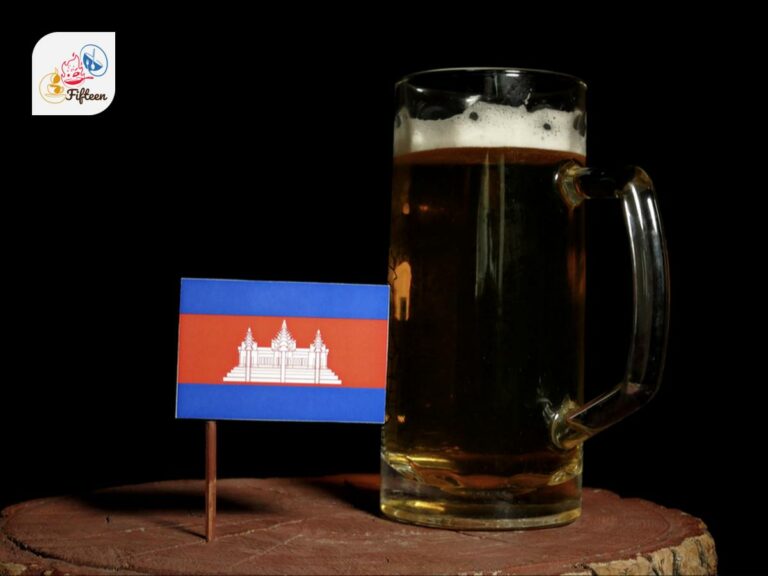
Beer
A crisp, cold beer works well with grilled meats and spicy dishes. Local Cambodian beers like Angkor Beer or Cambodia Beer are common choices.
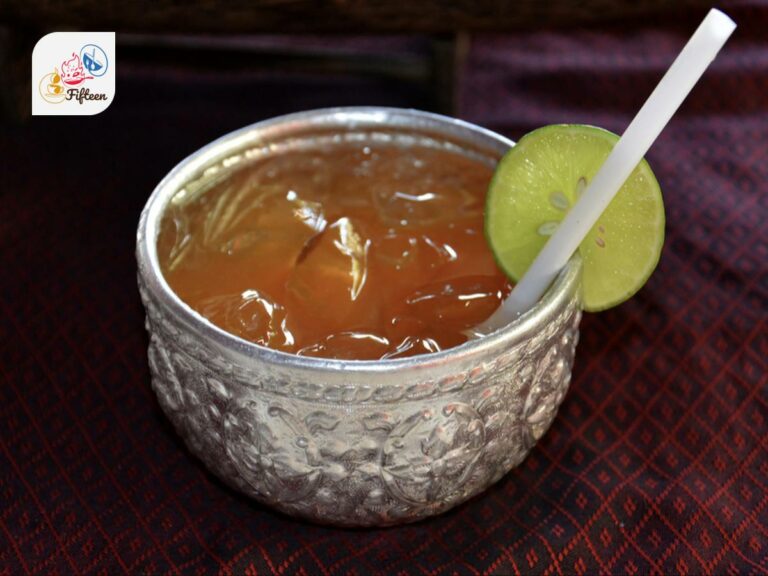
Cambodian Iced Coffee
Often sweetened with condensed milk, this robust coffee has sweetness and bitterness. They can be paired with various dishes, from noodle soup to rice dishes.
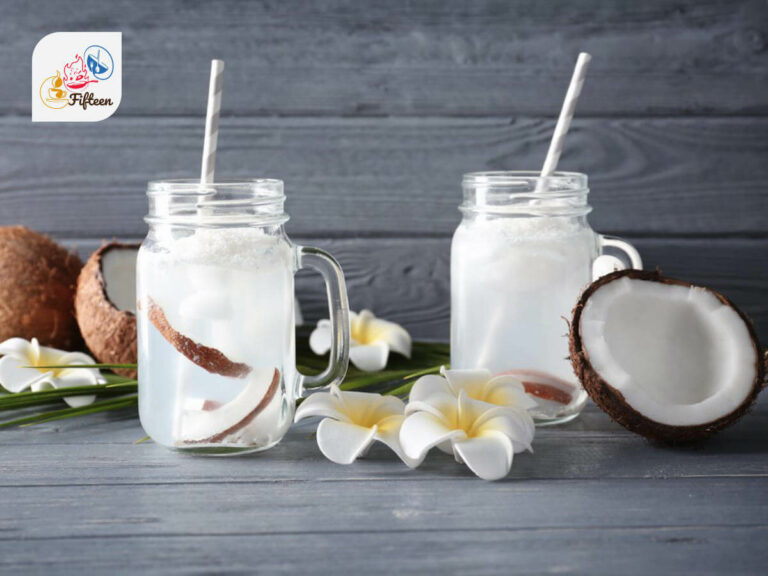
Coconut Water
Fresh, natural, and slightly sweet, coconut water is a refreshing complement to any meal, especially during the hotter months in Cambodia.
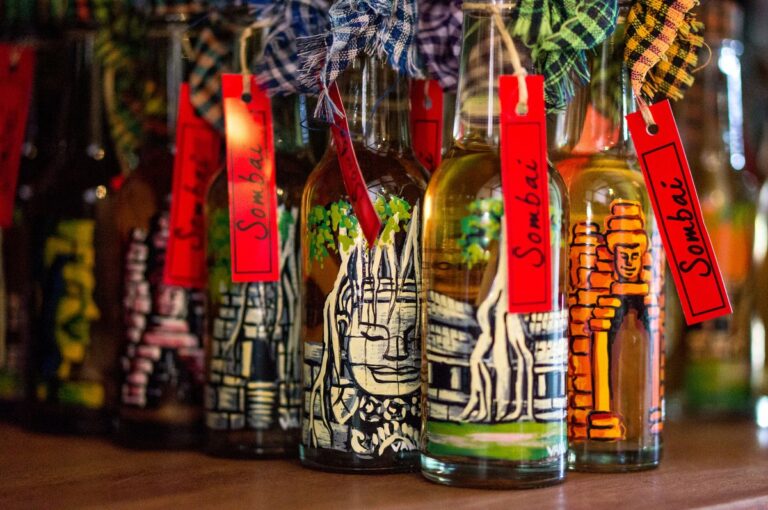
Sombai
Sombai, a national Cambodian liqueur made with rice wine, goes well with several dishes, depending on Sombai varieties. The liqueur’s sweet, spicy, or herby notes should complement the dish’s flavors, whether it’s sweet, spicy, savory, or sour.
Of course, you’ll find more choices of beverages in Cambodia.
Finally, don’t forget to like and share these traditional foods of Cambodia if you feel satisfied with the information above! Also, tell me about your awesome experience when in Cambodia. Comment below now!



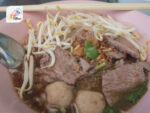
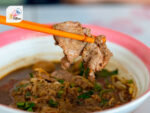
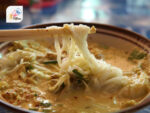
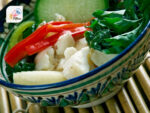
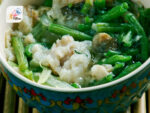
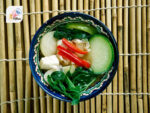

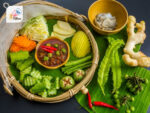

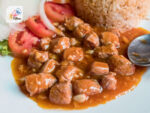
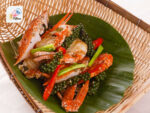
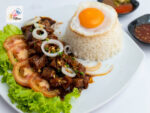


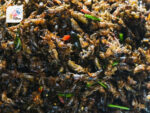
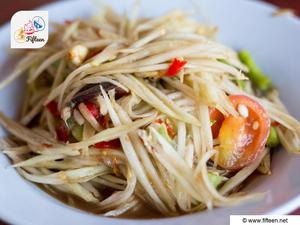
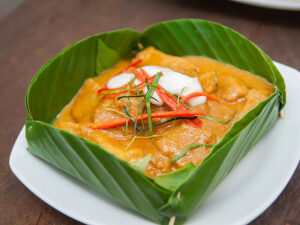
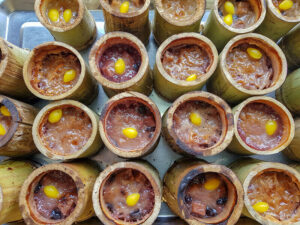
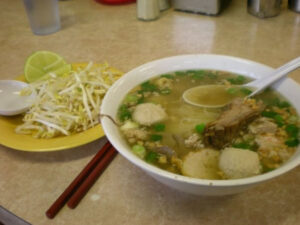
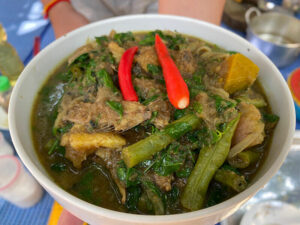
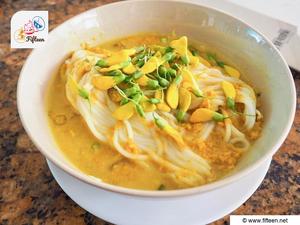
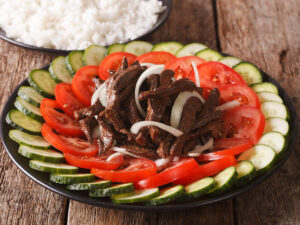
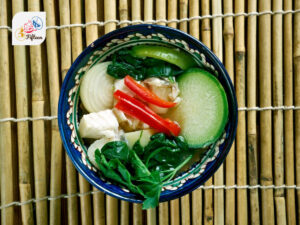
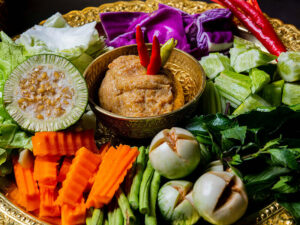
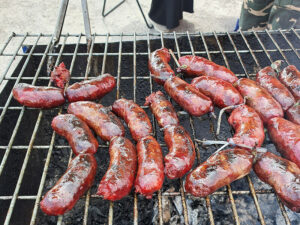
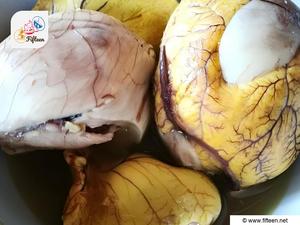
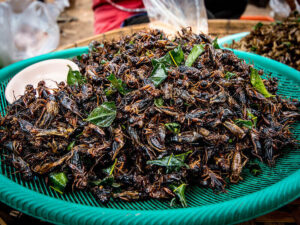
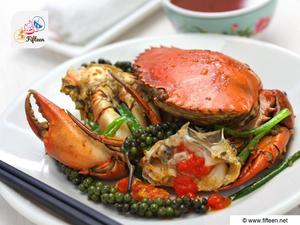
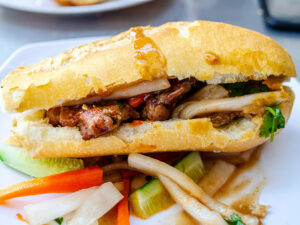
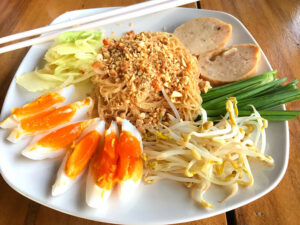
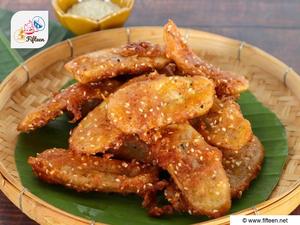
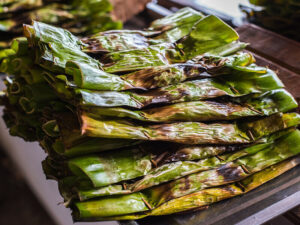
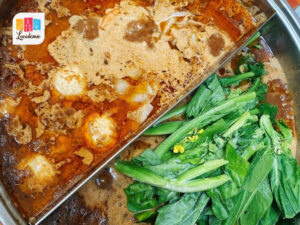
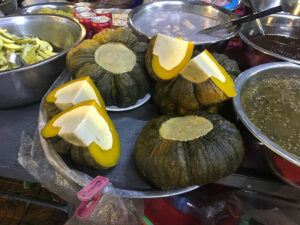
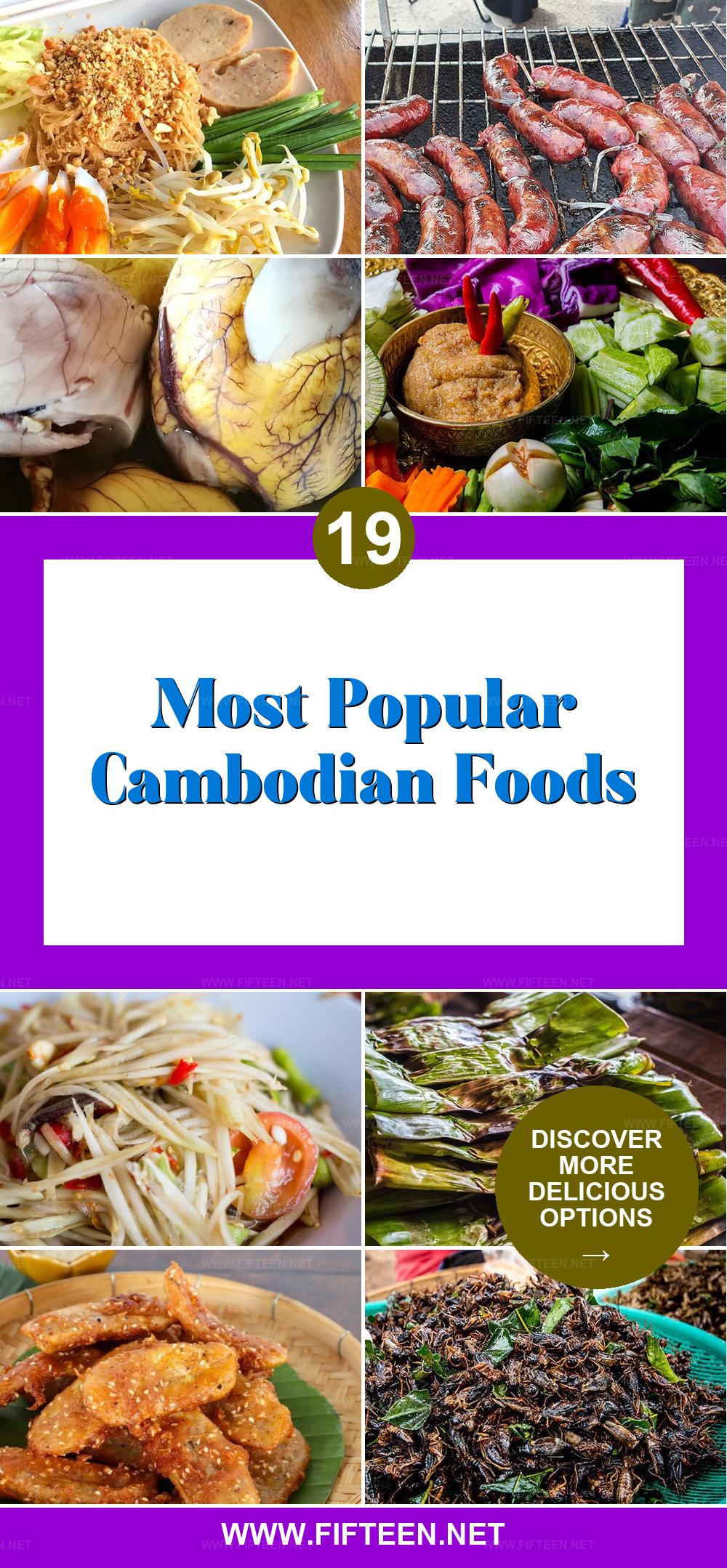
Jamie Scott
Editor in Chief, Senior Content Writer
Expertise
Home Cooking, Meal Planning, Recipe Development, Baking and Pastry, Food Editor, Cooking-video Maker, Western Food Evaluation Expert
Education
Le Cordon Bleu College of Culinary Arts
Local Community College, New York, NY
Jamie Scott is a skilled culinary expert and content creator specializing in Western cuisine. With over 15 years in the culinary field and formal training from Le Cordon Bleu, Paris, Jamie deeply understands how to blend nutrition with delicious flavors. His passion for cooking matches his commitment to making healthy eating accessible and enjoyable.
On Fifteen.net, Jamie brings a fresh perspective to classic dishes and beverages, offering readers insightful recipes, cooking tips, and a fresh view on meal planning that emphasizes taste, health, and simplicity.